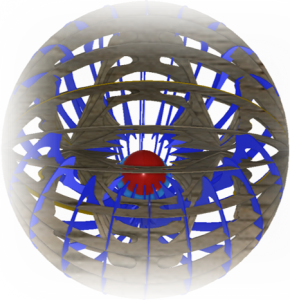Horticulture












3D maps can be created using one of, or a combination of, Ground Penetrating Radar (GPR), Scanning Electron Microscopy (SEM) and Energy Dispersive Spectroscopy (EDS).
Benefits:
- Elemental mapping displays the spatial distribution of elements with depth.
- Enables targeted fertiliser application rather than generalised application.
- Tracks nutrient migration over time and depth.
- Integrating elemental maps with existing data sets allows canopy and soil health to be correlated with soil elemental concentrations.
- Map soils and clays to 0-4 m depth, as well as other buried objects such as irrigation piping (GPR).
Techniques:
- Soil samples are collected using a specifically designed quick and easy to use corer.
- Data is then analysed using Scanning Electron Microscopy (SEM) and Energy Dispersive Spectroscopy (EDS).
- All elements on the periodic table above carbon (including carbon) can be mapped.
- View all or individual layers to observe spatial distributions of specific elements of interest.
- Ground Penetrating Radar (GPR) allows shallow scans of a few metres of the subsurface, depending on the soil properties.
